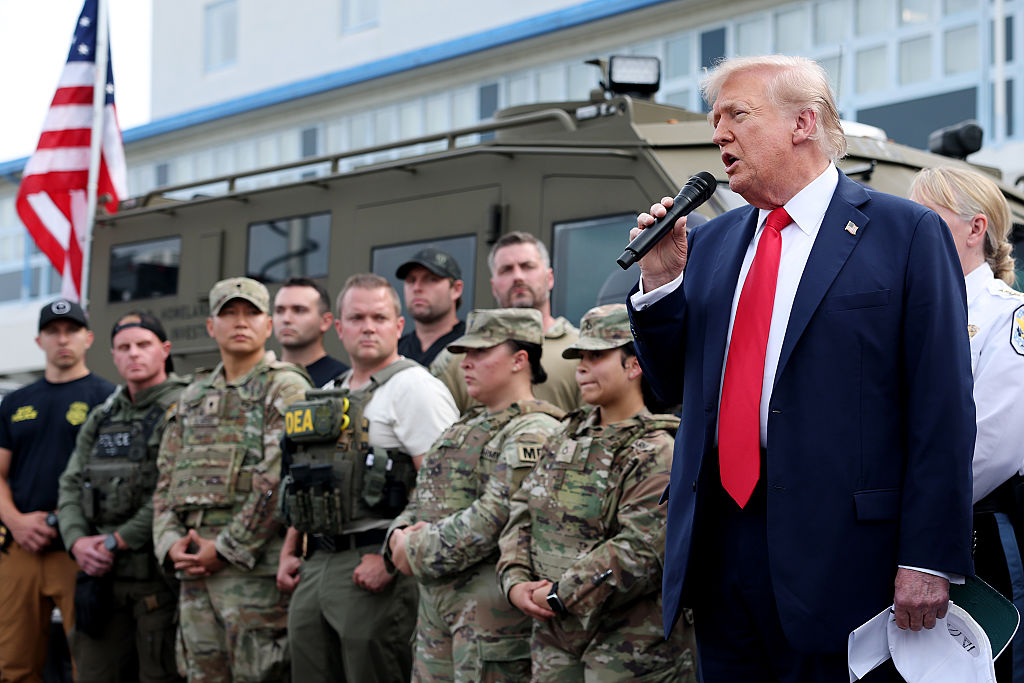In a significant move, Defense Secretary Pete Hegseth has ordered that National Guard troops deployed in Washington, D.C., will be armed. This decision is part of a broader strategy initiated by President Donald Trump to combat rising crime rates in the U.S. capital. The presence of armed troops is expected to enhance security and deter criminal activities in the area.
The announcement comes as Washington grapples with various public safety concerns, prompting federal and local authorities to increase their response measures. The National Guard will play a pivotal role in this initiative, especially during events that may attract large crowds, such as demonstrations and public gatherings.
Economic Developments and Market Reactions
In a separate but impactful development, the Canadian government has revealed plans to lift retaliatory tariffs on a range of U.S. goods, effective September 1. This decision marks a significant shift in trade relations between the two countries, although tariffs on steel, aluminum, and automobiles will remain in effect for the time being. This change is anticipated to positively influence trade dynamics and economic interactions across the border.
Meanwhile, Jerome Powell, the outgoing chair of the Federal Reserve, delivered his final remarks at the Kansas City Fed’s annual Jackson Hole conference. His speech hinted at the possibility of a future interest rate cut, which led to a notable surge in the stock market. The Dow Jones Industrial Average soared more than 900 points in response to his comments, reflecting investor optimism regarding potential monetary easing.
The implications of both the troop deployment and economic announcements are far-reaching. Armed National Guard troops in Washington may alter the city’s atmosphere, especially in the context of ongoing protests and public events. In contrast, the lifting of tariffs could pave the way for improved economic relations between the U.S. and Canada, providing a potential boost to various industries.
The interplay between security measures and economic policy continues to shape the landscape in Washington and beyond, as officials navigate complex challenges in ensuring public safety while fostering economic growth.
